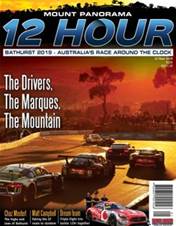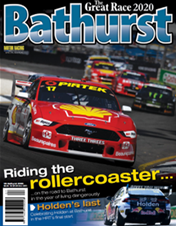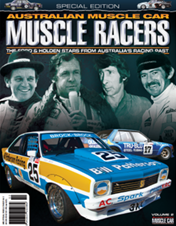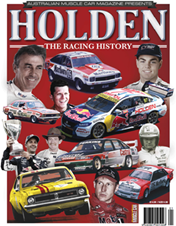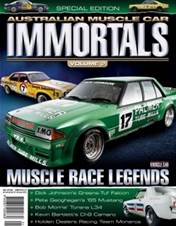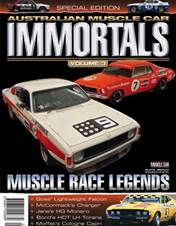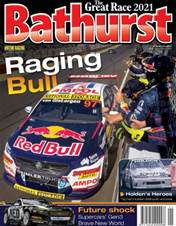This is the story of the original, 4.82km incarnation of the fabulous facility we now know as the 4.45km Phillip Island Grand Prix Circuit. Of course, it’s essentially the same track, give or take 370 metres.
Both iterations of Australia’s finest full-time permanent motor racing track deserve their own time in the sun which is why we will treat them in separate parts, this issue and next.
The longer PI circuit that lived from the mid-1950s to the late ’70s differed from today’s layout in three key ways. Firstly, there was a longer run into (and out of) the hairpin now known as Honda Corner, with the apex sitting about 150m closer to the infield dam in PI Mk1’s days, when the corner was known as Repco.
Also, what’s now MG corner was tighter and lower than in the era when it was Lanes MG.
Thirdly – and probably most significantly – 1960s and ’70s racers could only dream that one day they would compete on a track with the quality of Phillip Island MkII’s surface over the last 27 years.

What hasn’t changed are the high average lap speeds, the way the venue can bite if something goes wrong, wildly fluctuating weather patterns and the stunning setting with views of Bass Strait. Oh, and the evocatively named Siberia and all the other famous corners like Lukey Heights and MG.
Today it’s home to the Australian Motorcycle Grand Prix, our country’s biggest Historics meeting, the Phillip Island Classic, and 60 years of racing history.
Phillip Island MkI was the birthplace of Australia’s Great Race and countless touring car endurance scraps and incidents never captured (and immortalised) by television cameras. We celebrate PI’s milestone birthday in 2016 by shining the spotlight on its first 22 years.

History 101
Phillip Island remains one of Australian motorsport’s most revered destinations. Yet the spectacular track’s history is as turbulent as the waves crashing into the rocks below Siberia and the Southern Loop.
The original 10km Phillip Island rectangle road circuit played host to the first Australian Grand Prix from 1928 to 1935. A triangular course was then used until 1940. In 1951, a group of six local businessmen formed the Phillip Island Motor Racing Club to build a closed track two kilometres from the original circuit. In 1952 the club held its first formal meeting where it was decided to approach consulting engineer and surveyor Alan Brown to design the circuit.
Brown borrowed ideas from another seaside circuit, albeit one in The Netherlands, Zandvoort. In his design report, Brown wrote: “Winding bends have been avoided where straights could be substituted. This has been done so that the lap speed will be as high as possible. A track with never-ending curves could be most tiring on drivers. From a spectator’s point of view, high lap speeds are important and should be borne in mind when the final layout is decided on.”
The circuit length was exactly three miles (4.82km). The first event was held in October, 1954, a members-only gymkhana on the unsurfaced track. The gala opening meeting on the sealed circuit was held two years later.
The weather gods were not smiling on the founding club that day and the rain contributed to a poor crowd. The budgeted income from the meeting was overestimated and thus began a two-decade struggle to make ends meet.
Lex Davison won the circuit’s first ever race – 53 years before his grandson Will won the track’s annual V8 Supercar event – and Jack Brabham the day’s feature event.
Tragedy also struck that day when 19-year-old novice driver Phillip Rothfield crashed his Austin-Healey when trying to negotiate turn one. His parents didn’t know he had taken up motor racing...

You have reached an article available exclusively to Premium members.
JOIN FROM AS LITTLE AS $6.66 A MONTH* FOR INSTANT ACCESS.
Already a member? Log in
* Billed annually at $79.90






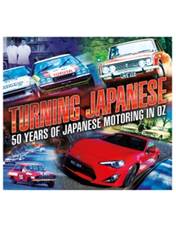



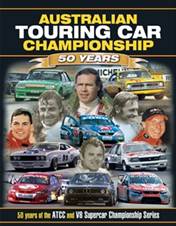

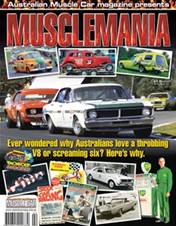
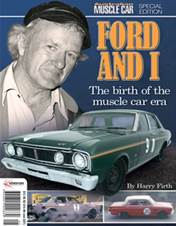
.jpg&q=70&h=226&w=176&c=1&s=1)
